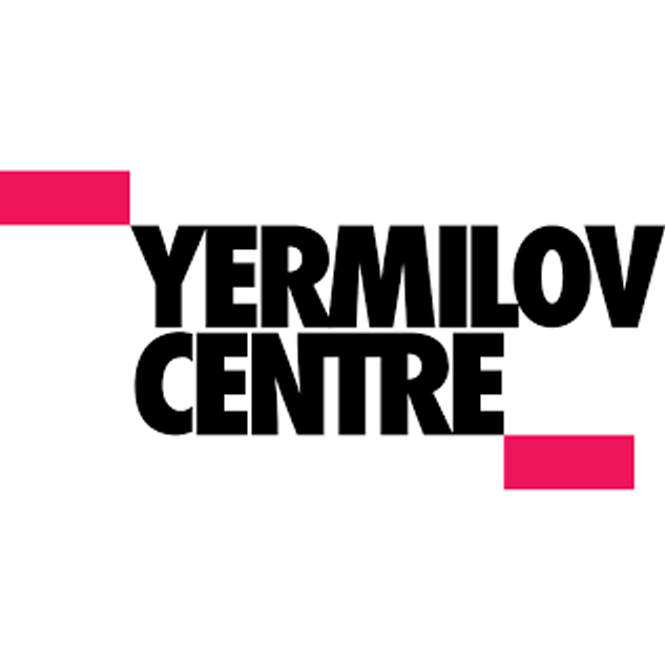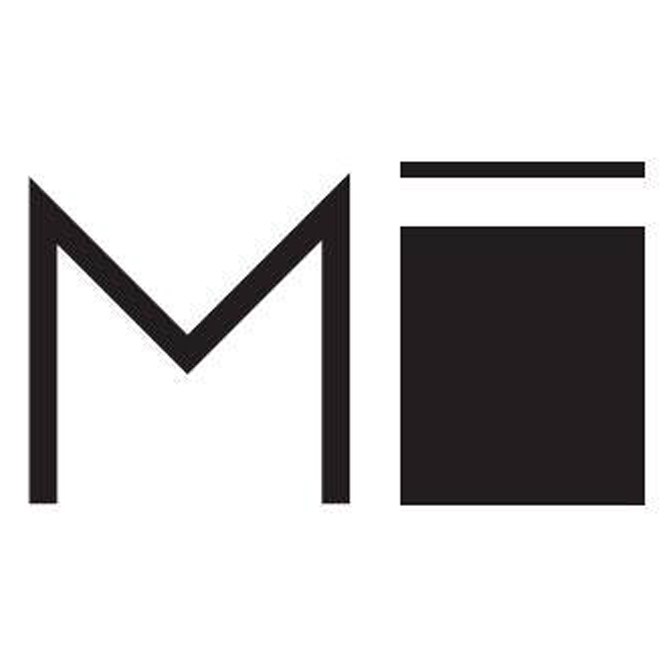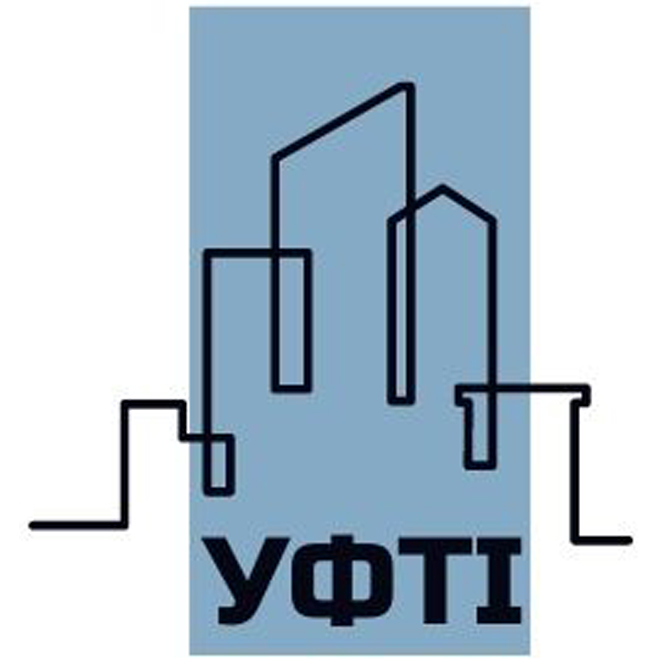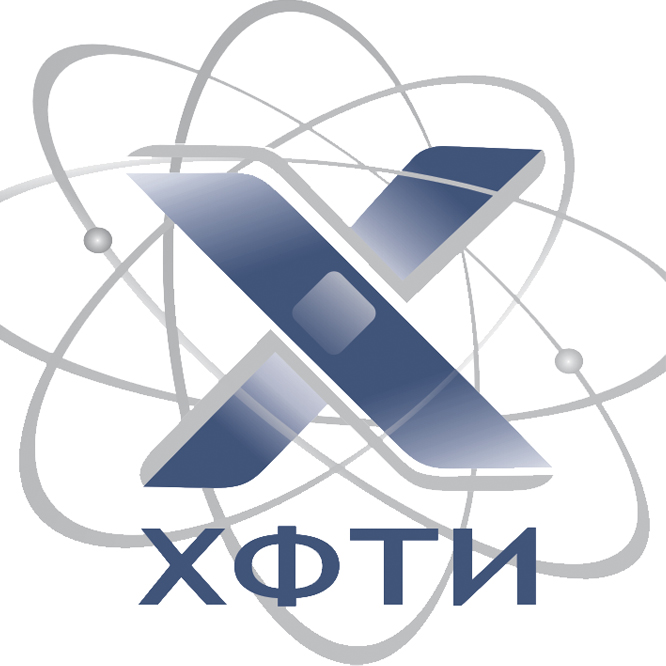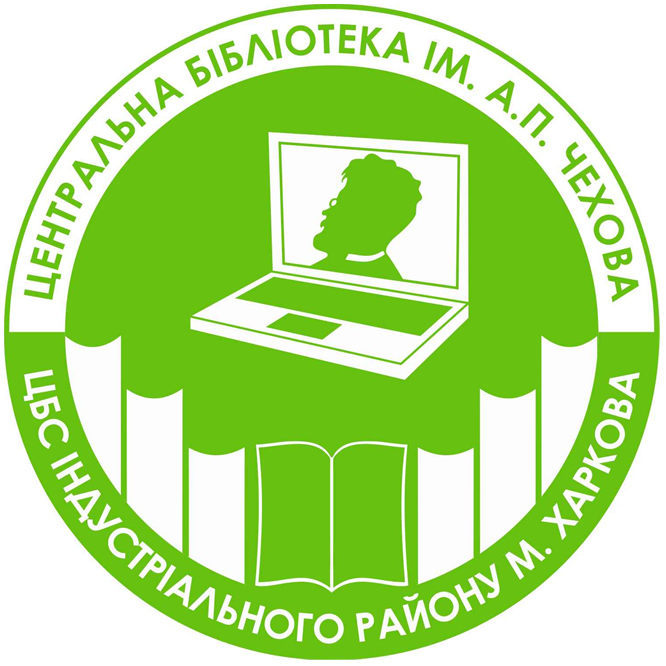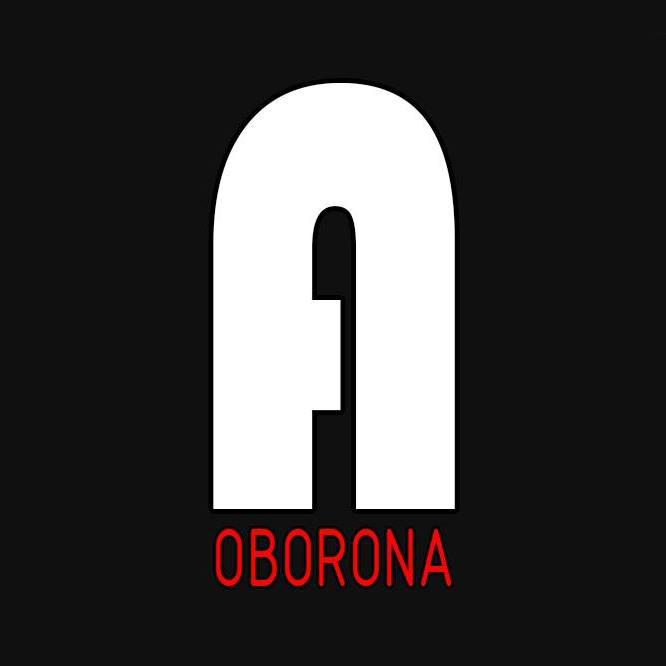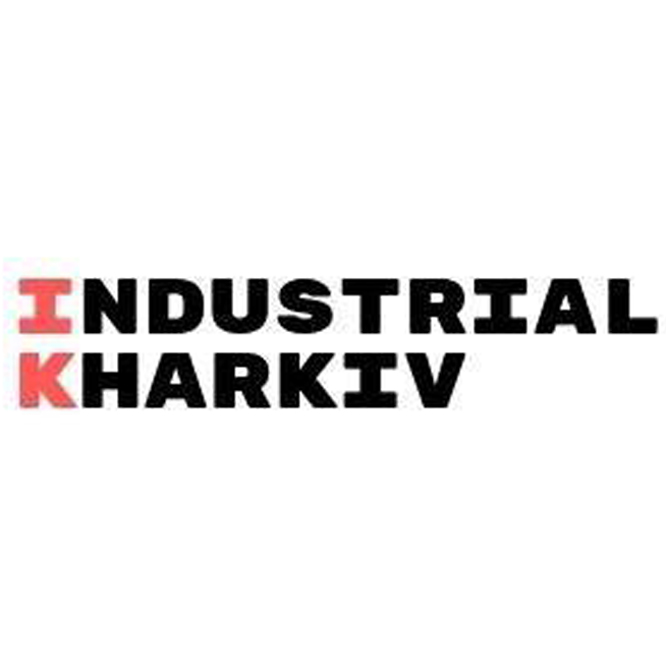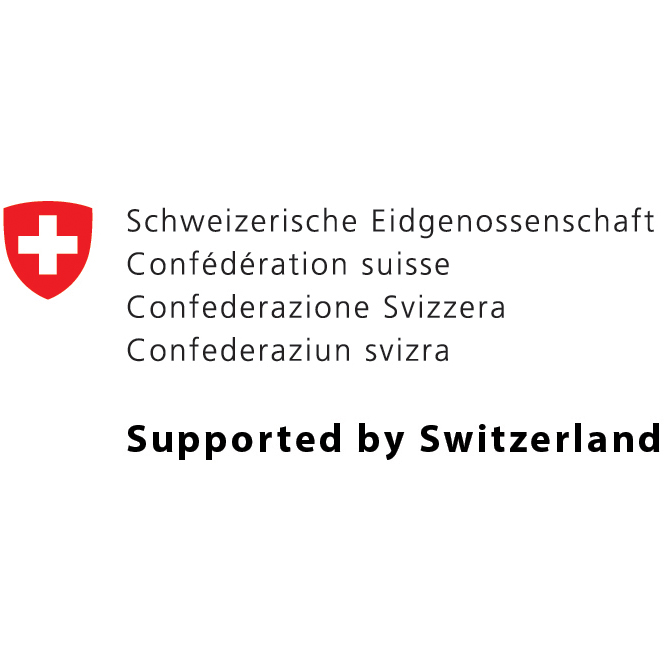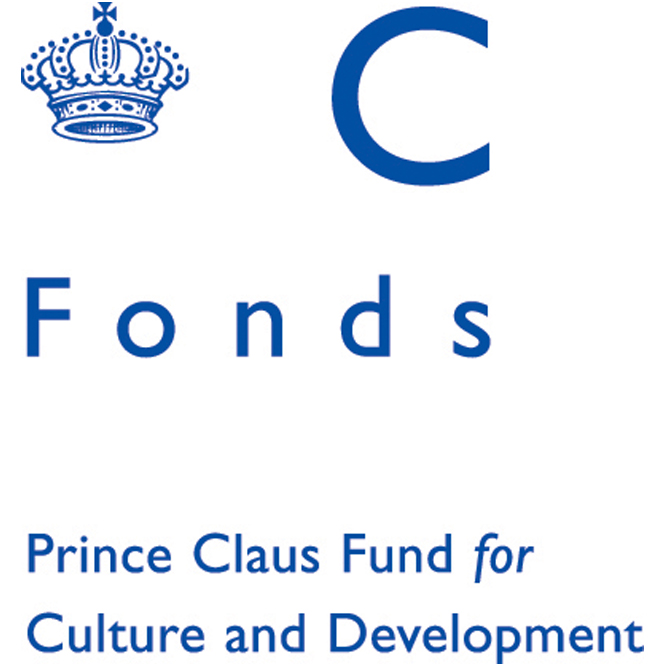In recent years in the world, the interaction of art and society has increased rapidly. Ukraine is not an exception. The sharp changes in the political environment in Ukraine calls for the strengthening of civil society. Cultural practitioners today increasingly turn to the interdisciplinary and methodologies of socially engaged art in their work, while education in the field of culture and art, both in state institutions and in private initiatives, is still focused on narrow specialization.
With our project, we hope to highlight the role of socially engaged art as an instrument of dialogue and bridge the gap between academic study and actual professional art practice. In addition, by our activity, we hope to promote the efforts of the art community, which builds its practices on the principles of social engagement, in order to gain more support among the potential audiences and participants in such practices that require sustainable energy and a constant exchange of ideas and knowledge between people.
The residency is based on an understanding of the importance of education in building the visions of the development of society, and also as an instrument of political and social evolution. Socially engaged art is capable of starting processes of changes in communities and promoting progressive social views (such as gender equality, a culture and needs to work with collective memory, social responsibility, etc.). Young people are participants and recipients of this educational program.
One month educational residence in Socially Engaged Art for young artists and cultural practitioners from Armenia, Azerbaijan, Belarus, Georgia, Kazakhstan, Kyrgyzstan, Moldova, Tajikistan, Uzbekistan and Ukraine. We are seeking to create the projects that, through their unique capabilities, allow one to cooperate with local communities and experts. The program is offered to artists whose practice may include a wide range of ideas, methods of expression and actions related to the fields of art, design, performance, media art, cinema, architecture, research, social action or economics, who are interested or are already working with the practices and methods of socially engaged art. The program is directed to create an environment for peer-to-peer actions and exchange the ideas with an intention of studying and producing knowledge and resources that society can use to rethink itself and develop the city.
The residence program includes open events: lectures, discussions on topics related to participatory practices and social inclusion; group work: seminars, workshops, portfolio reviews; acquaintance with the context of the city: thematic tours, site visits and meetings with activists, researchers, social and arts organizations, creatively addressing socio-political issues and engaging local communities in Kharkiv. of the area. Participants will conduct individual and collaborative projects which will be introduced to the wider audience in the course of public presentation.
The main topics of the residence program:
Uncomfortable heritage: rethinking the history and shaping the future of the post-industrial areas; in what form and how individual memories occur, how collective experience is shared or concealed, as it receives public recognition. What role an artist can play in this process, and how a cultural practitioner can help society rethink an “uncomfortable heritage”.
Other spaces: Artistic, activist, research and educational initiatives that work with the communities and for the benefit of the communities, often filling the gaps in the state institutions system; This is a fact and mission, strategy and set of issues related to contemporary art practices that may be the subject of this year’s residency. We would like to reflect artistic curatorial methodologies that draw their inspiration from critical, social and collective actions for the public.
Power – Society: What “Power” means; the ways and forms of exercising power; the development of new meanings and innovative strategies of collaboration, Built on horizontal relations, interdisciplinary and cross-sectoral approach.
Residents
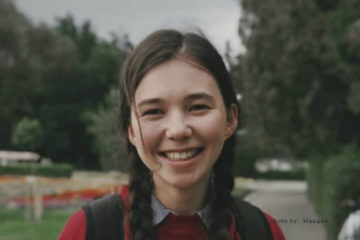
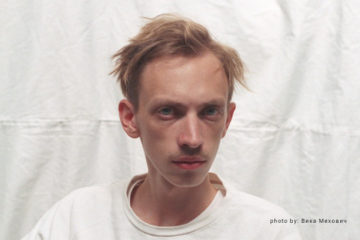
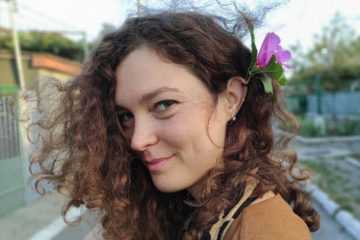
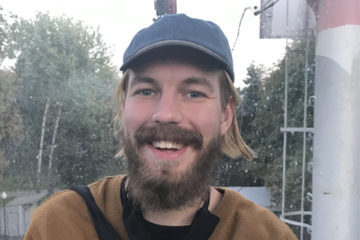
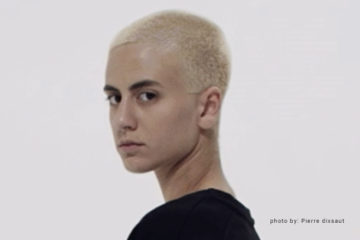
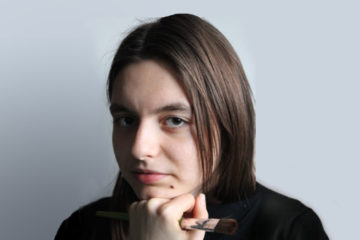
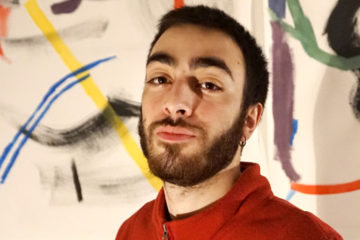
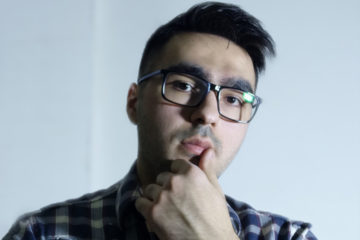
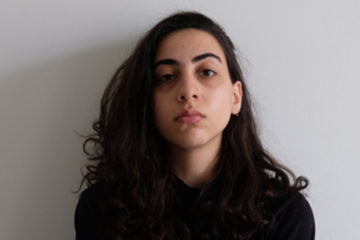
Albina Blinova was born in Kazakhstan, is a visual artist based in Bishkek, Kyrgyzstan. Graduated from the Kyrgyz State Art College named after S. Chuikov in Bishkek. Works in painting, graphics, and photography. In her work, she combines traditional and contemporary art forms, paintings and installations. She is interested in the topic of women’s rights and the LGBTQ rights, as well as relations between the authorities and artists. She was a part of the international exhibition Feminnale ’19 (Bishkek, Kyrgyzstan).
Alexander Adamov is an artist. Was born in 1996 in Mogilev, Belarus. Graduated from the Belarusian State University of Culture and Arts. He has a bachelor’s degree (cultural manager) and a master’s degree (art history). The main media are painting, photography, video. Explores various aspects of mass culture. Topics that interest: the absurdity of everyday life, provocation, games in culture. Participant of the exhibitions: OK Adamov (online exhibition supported by the OK16 cultural hub, Minsk: adamov.by) (2020); “Do not step over the fields” Minsk, OK16 and the parallel program of the Biennale of Young Art in Kharkov (Ukraine) (2019); “Look at your home” Minsk, Gallery of the University of Culture, “Vtsekhovnye” Minsk, OK16 (2018).
Alexandra Novak is an artist and activist. She was born in 1990 in Ukraine, lives and works in Transnistria. She graduated from the specialized faculty of arts and crafts in Transnistria. Works in the field of socially involved art, street art. She is engaged in projects protecting human rights. Explores the themes of identity, gender, discrimination, mentality and culture, psychology and society, public spaces as an arena for expression, ecology, and development of the environment. She is interested in the forms of contemporary art, civilization, decentralization of culture, and cultural environment.
Anton Tkachenko is an artist, curator. Was born in 1994 in Kharkiv, Ukraine. Studied at the National University of Civil Engineering and Architecture. He has a bachelor’s degree in architecture. Works in the “genre of personal humanism”. Explores personal and collective memory, the activities of self-organized spaces, and the idea of the city. Co-organizer of the space for cultural initiatives 127 garage. The latest exhibitions: “Everything is good” Artsvit Gallery, Dnipro, Ukraine (2020); online solo show «1234567…» (2020); “Gallery boy” project (2020); solo show “Nomenclature” Kharkiv Municipal Gallery, Ukraine (2019). Participant of the festivals MUKHi and NonStopMedia.
Ano Jishkariani is an artist, designer. She was born in Tbilisi, Georgia. Graduated from the Visual art, Architecture and Design School (VAADS) of the Free University of Tbilisi, with a bachelor’s in interior design. Last year of bachelor program she studied at Autograf School in Paris, on the speciality of sustainable design. She works in the field of interior and product design, also she works in a variety of mediums, like site-specific installation, objects, photography. In her works Ano researches the different aspects of usability and definition of space, from analyze space in architecture context to the engaged and convey it to the social issues. Participated in the exhibitions in Austria, France, Georgia.
Arina Cazac – artist, designer, born in Chisinau Moldova. She is studying industrial design at Technical University of Moldova, Chisinau. The main media – installation, graphics, painting and street art. In her works researches the interaction between people and environment and social-cultural infrastructure. Participated in exhibitions in Moldova and Romania. Participated in residency in Moldova “Fatade publice” and Tbilisi, Georgia “Memory Threads: Museum and Neiberhood” .
Mishiko Sulakauri is an artist. He was born in 1996 in Tbilisi, Georgia. Graduated from the Gogi Meskhishvili Design School with a bachelor’s in Stage design, studies at the Tbilisi State Academy Of Arts. He works in the Fields of Visual Arts. In his works, he researches interrelations between the public and the environment. Sulakauri focuses on the topics: Post-soviet heritage, issues of ecology, Caucasus’ cultural anthropology, and its esthetics. The latest exhibitions and festivals: “Artisterium” (2020); “70+127 Back To The Future”(2020); “Art Prospect” (2020); “All this might be a dream” (2020); “NY Meets Tbilisi: Defining Otherness Part II” Kunstraum LLC Gallery. NY,US (2020).
Khurshed Rasulzoda is an artist. Was born in 1994 in Dushanbe, Tajikistan. Graduated from the Art College. M. Olimov as well as the Institute of Arts. M. Tursunzoda. Has a bachelor’s degree. In his practice Rasulzoda uses conceptual art, performances and installations. He researches the psychology and reaction of viewers in his works. He is interested in the topic Uncomfortable heritage. Participant of exhibitions in Tajikistan, Kyrgyzstan and Moldova. The works were published in: Yearly calendar from the Soros Foundation; Collection of Luciano Benetton “Imago Mundi”; Catalog “Women’s Modalities”.
Tiko Imnadze is an artist. She was born in 1996 in Tbilisi, Georgia. Imnadze graduated from Tbilisi’s State Academy of Art with a bachelor’s in Architecture. She works in Multimedia art. She researches socio-political events, architecture, and its impact on society. Imnadze focuses on the topics: class inequality, labour exploitation. Participated in the exhibitions: ‘Service’, Collaborative Project, Patara Gallery (2020); ‘Machine Whispering, In-between condition and Goethe Institut (2020); ‘Unheard Voice’, Tbilisi Online Biennale, Rustaveli Ave (2020); ‘Mining Blow’, solo show, Propaganda. network, the underground passage (2018).
Experts
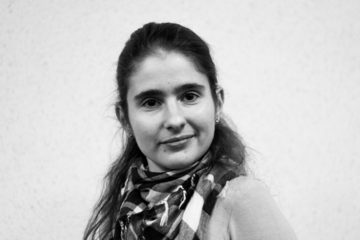
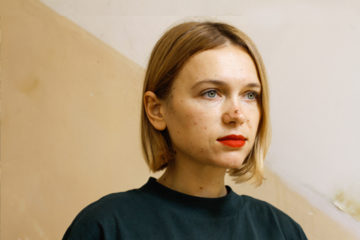
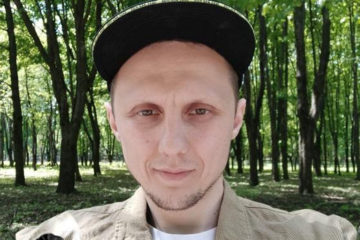
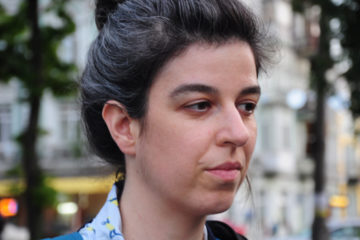
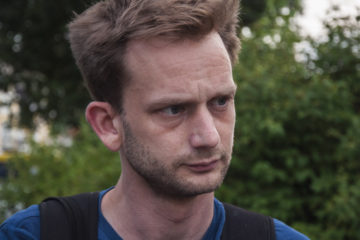
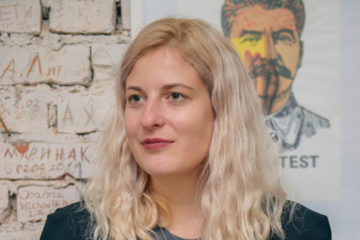
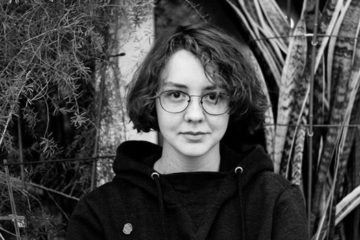
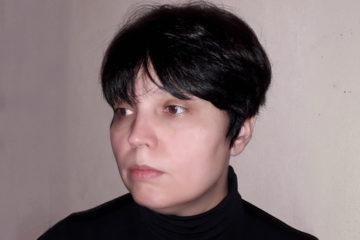
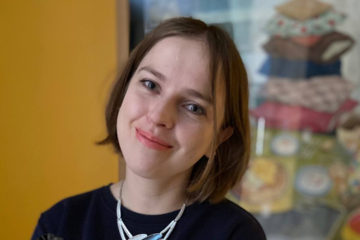
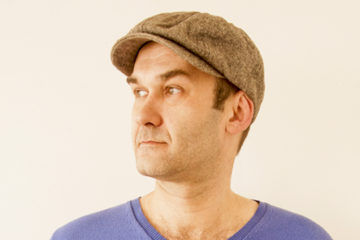
Anastasiia Bozhenko is a historian, senior teacher. She graduated from V.N.Karazin Kharkiv National University and has a PhD in history. She is studying the industrial heritage of Kharkiv. Also she is a member of such NGOs, as Urban Forms Center and Art-Oborona. Her research interests: urban history, memory studies, cultural heritage, She participated in the project: Bauhaus. Zaporizhzhia, Constructivism.Kharkiv, Industrial Kharkiv, Encyclopedia of architecture of Ukraine.
Asia Bazdyrieva is an art historian whose practice revolves around writing, research, and education both independently and within cultural institutions in Ukraine and internationally. Her main expertise is the project of Soviet modernity and its ideological implications in public spaces, architecture and art. Bazdyrieva holds master’s degrees in art history from the City University of New York and analytical chemistry from the Kyiv National University. She was a Fulbright scholar in 2015–2017, an Edmund S. Muskie fellow in 2017, and the Digital Earth fellow in 2018-19. In 2018, she was a postgraduate in The New Normal program at Strelka Institute for Media, Architecture and Design.
Dmytro Skurikhin is the founder of the KharkivHeritage mobile application dedicated to the architectural heritage of the city of Kharkiv. Co-founder of the project Constructivism.Kharkiv on the avant-garde architecture of Kharkiv in 1920–30’s of the 20th century. He has a PhD in Technical Sciences, Associate Professor at the Ukrainian State University of Railway Transport. Dmytro is based in the KhTZ District. He explores the history, architecture, urbanism and culture of the District and the city of Kharkiv. Skurikhin is an active participant of public initiatives around the Green Grove Park.
Yeliz Palak works as an artist and filmmaker. She graduated from the Zurich University of the Arts and the University of the Arts Berlin with the emphasis on film. Her research-based works have been shown in exhibitions and screenings in various international contexts. Recent projects investigate narratives of migration with the interest in connecting times, places and the in-betweens. Furthermore she organizes workshops in informal educational settings to create access to artistic media practices.
Miro Schawalder works as an artist and filmmaker. He studied fine arts at the F+F School for Art and Design Zurich and Art & Film at the Academy of Fine Arts Vienna. In his work he explores imaging techniques, documentary conventions and representations of history in its spatial dimensions. His projects have been presented at international biennials, festivals and in exhibitions.
Nastia Khlestova is an art historian, curator of the exhibitions in Ukraine, Poland, and Austria. Curator and founder of the self-organized space 127 garage. Master’s degree in Art History at the Kharkiv State Academy of Design and Art. Project manager and the curator at the Kharkiv Municipal Gallery (2015-2020), the curator of the NonStopMedia Biennale of Contemporary Art (2018) and others.
Natasha Chychasova is a curator and researcher. She works with topics the Soviet legacy, the strategies for its deconstruction, and institutional critique. She graduated from the Taras Shevchenko National University of Kyiv with a degree in Art History. Currently she is working at the department of contemporary art at the Mystetskyi Arsenal. Among her projects are: “Finally, We Are Here!” (Gorzów Wielkopolski, Poland), “By memory” (Odesa), “This is not a museum, it is a plant” (Dnipro).
Olga Shvydenko is an architect, associate professor, based in Kharkiv. Her main expertise is the preservation of cultural heritage. She graduated from the Kharkiv National University of Construction and Architecture. Shvydenko defended the dissertation “Derzhprom in the context of world architecture” and got a PhD in architecture. She is a member of the professional organizations ICOMOS Ukraine (bureau member from Kharkiv) and Docomomo Ukraine. Actively participates in projects of non-governmental organizations. Her research interest: “young” heritage of the twentieth century; cultural heritage of the small historic towns; preservation of historical parks. Co-author of the Gosprom nomination on the World Heritage Tentative Lists.
Tatiana Kochubinska is an art historian, curator of contemporary art, lecturer, and art critic. Her main expertise is Ukrainian contemporary art. In 2016–2019 she curated the Research Platform of the PinchukArtCentre. She deals with questions of responsibilities, memory, and trauma, connecting the Soviet past with today’s society. Exhibitions: Guilt (2016), Anonymous Society (2017), and Motherland on Fire (2017). She curated the PinchukArtCentre Prize in 2015 and 2018 and co-curated Future Generation Art Prize in 2019 and the FGAP@Venice as a collateral event of the 58th Venice Biennale. Upon the invitation of “Artsvit” gallery (Dnipro) in 2020 she curated the first educational and practical curatorial residency in Ukraine. Tatiana is the author of critical and research texts and interviews, she is a co-author of the special issue of Obieg “Euphoria and Fatigue: Ukrainian Art and Society After 2014”.
Yuriy Kruchak is an artist, curator, initiator of the artistic platform Open Place. Co-founder of the Platform for interdisciplinary practice Open Place. In 2011 with the project “Artintrvention” became a finalist of international competition Henkel.ArtAward. The sphere of the professional interest: interdisciplinary, postartistic practices, extension of the links of artistic process and modern society and its different strata. Solo shows: Migration in Transition. Flux Factory Gallery, New York, USA (2018); Underground of Heaven. Kharkiv Municipal Gallery, Ukraine (2008); Coca-Cola and Sacred War. Maisternia Gallery, Kyiv, Ukraine (2004); O.T.S.E. Naprotiv Gallery, Kharkiv, Ukraine. International art projects and exhibitions: Nomadic Archive ”Fresh Market”. Expo Dome, Taipei, Taiwan (2019); Somewhere now. Gallery Labirynt, Lublin, Poland (2018).
Places
UIPT Museum and Cultural Complex (MCC UIPT) is situated on the so called “Old” site of the National Science Center of Kharkiv Institute of Physics and Technology – from where in 1928 started the Ukrainian Institute of Physics and Technology (UIPT), which is a landmark site for the world physics with almost 100 years history. The first experiments in lithium atom nuclear fission in the Soviet Union were conducted here. Later the Ukrainian Institute of Physics and Technology was able to obtain liquid hydrogen and helium. An internationally known school of theoretical physics was formed here. The well-known physicists L.D.Landau, I.V.Kurchatov, N.E.Alekseevsky, L.F.Vereshagin, E.M.Lifshits, I.M.Lifshits, A.A.Slutskin, V.E.Ivanov, B.I.Verkin, A.A.Galkin, I.Ya.Pomeranchuk, A.F.Prikhot’ko, A.Ya.Usikov, D.V.Volkov and many others in the different time worked here.
The main conception of MCC UIPT is in combination of the functioning laboratories with the museum exposition, and the main aim is popularisation of the science and increasing the interest of the youth in the scientific job, with engagement of the practises of contemporary art among others
127 garage is an artist-run space located in the middle of a residential complex, away from the city center (founded in 2019). 127 garage has been founded and developed by curator Nastia Khlestova and artist Anton Tkachenko.
127 garage is a space for cultural initiatives from artists and for artists. The space is opened for exhibitions, lectures, shows, meetings, discussions, and experiments. The main goal and mission are to create a space comfortable for work and interaction, supporting young artists. The idea is to make art accessible and popular, therefore, locating in a residential complex, organisers are open to communication and work with the local community.
127 garage’s work is centered on different formats of knowledge exchange and developing new tools for understanding the condition today for a queerer tomorrow. 127 garage opens up new discursive lines, by involving different actors into challenging spatial narratives. 127 garage strives for a world of horizontal hegemonies, borderlessness, and borderlands, guided by the curiosity and urgency.
KhTZ is an industrial district on the eastern outskirts of Kharkiv. Built in the 1930’s around the Kharkiv Tractors Factory as a model of the socialist city of the future, the KhTZ District was created mainly for factory workers and their families. In 1990th due to the decline in production, and privatisation, the factory at the present has lost the role of a unifying center. Social connections fell apart, objects of social and cultural infrastructure were destroyed or their social and cultural purpose was changed to commercial.
Currently the residents of the district are trying to influence the life of the district, and actively participate in its development. They initiated a number of activities, which are mostly concentrated around the Green Grove Park. Since the territory of the park is large, about 58 hectares, local residents established a weekly subbotniks, during which the under the piles of rubbish the abandoned springs of the Studenok River were found. People keep to clear the river and restoring the banks.


